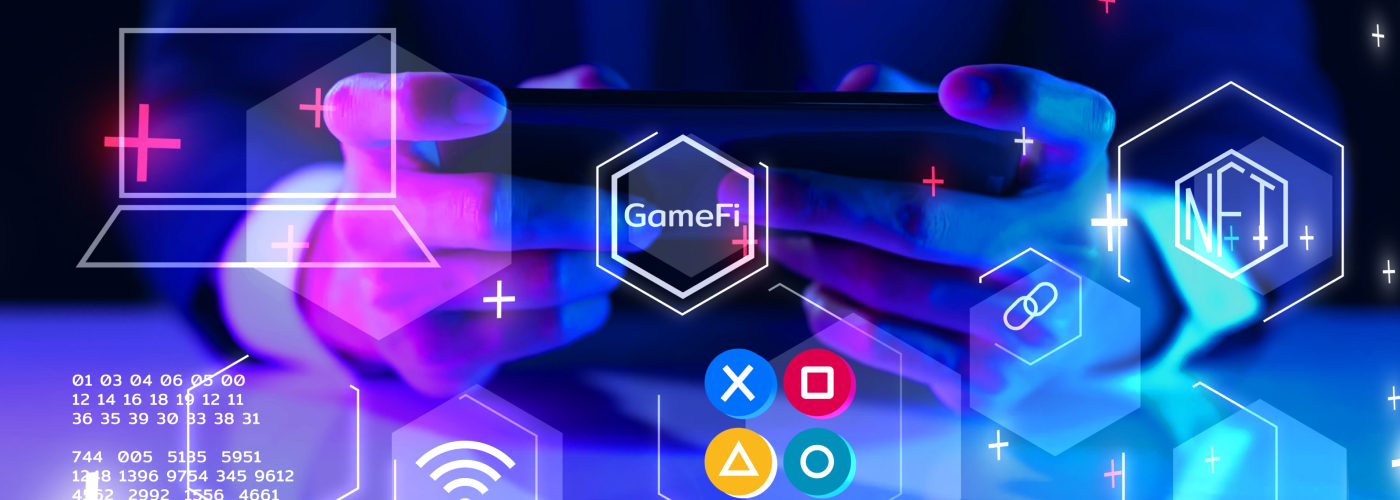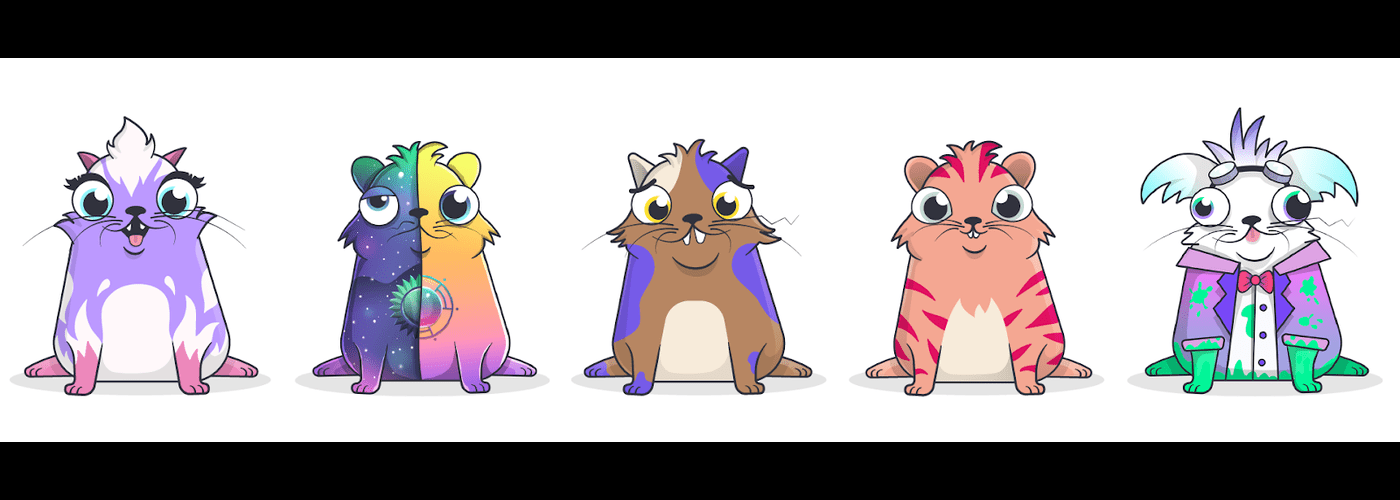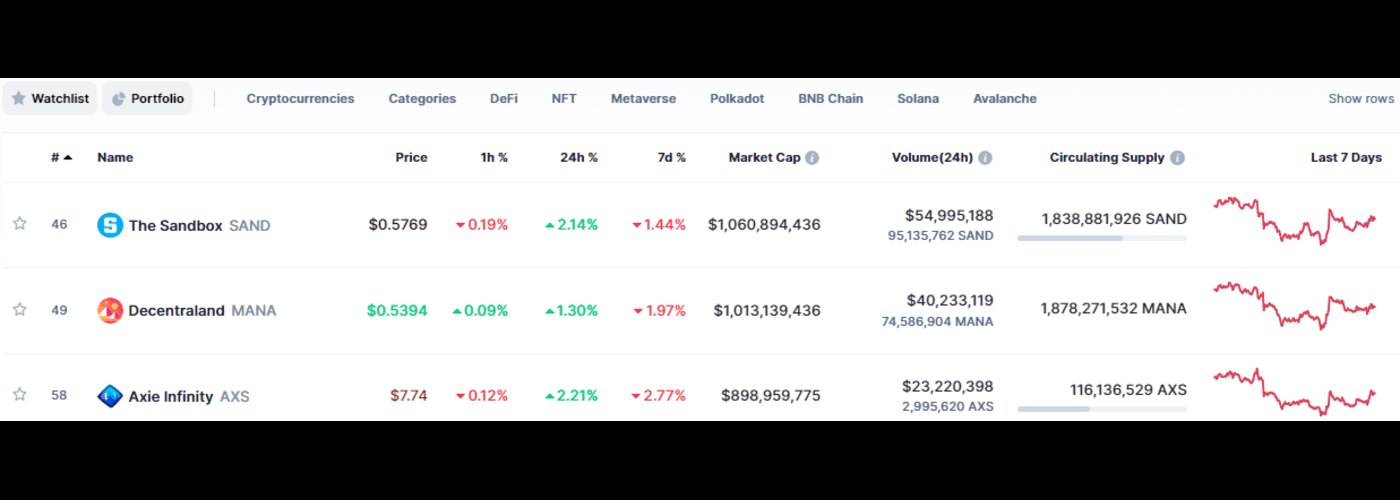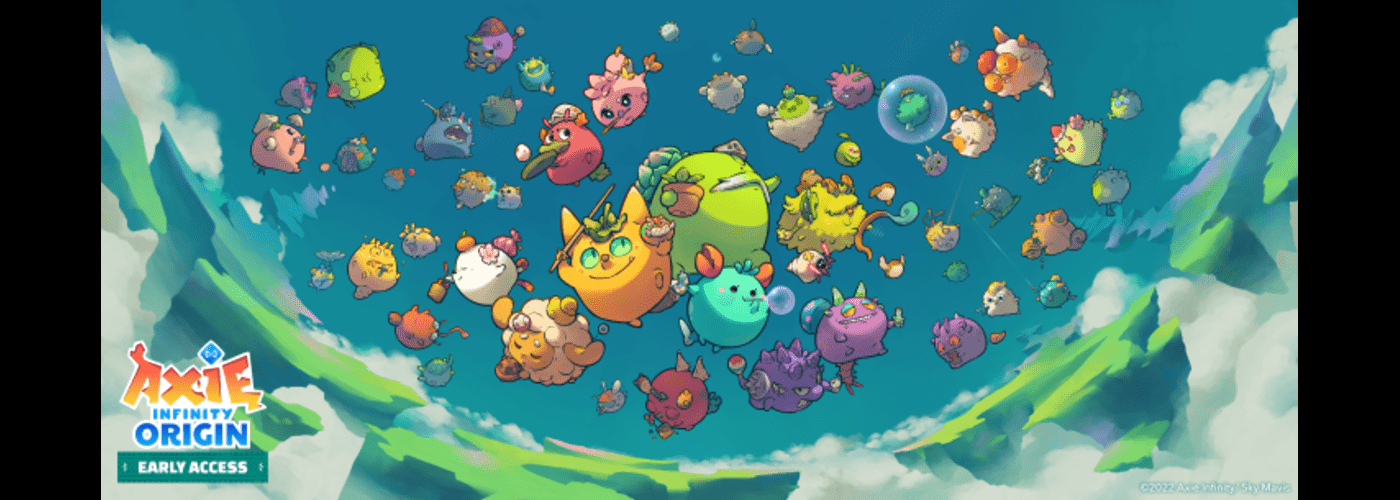What is GameFi, and how does the P2E scheme work?

In the early days of the gaming industry, many gamers didn't even dream of making money while playing games. Over time, that dream came true. And it was realized in the GameFi industry and the Play-to-Earn (P2E) concept. What is GameFi? How does it work? Today in our article, we'll show you how it works.
GameFi: What is it?
GameFi is a generic definition for the entire gaming space that uses blockchain technology and cryptocurrencies. Games created using blockchain technology allow you to monetize your game time and receive valuable payouts in a cryptocurrency, project tokens, or third-party cryptocurrency.
The general principle of blockchain games is called Play-to-Earn (P2E). Players earn while playing. This is the general definition of the entire sector.
How does GameFi work?
Blockchain games make objects of the game available to their players in the form of NFT tokens. This can be a unique avatar, a virtual object in the game, a character, or a digital land plot. The player can upgrade it to a higher level, add unique features, and improve it. Thus the value of these non-fungible tokens becomes higher, and they can be sold for internal cryptocurrency or blockchain cryptocurrency. This is what a player's earnings consist of. Internal or blockchain tokens can be sold on public exchanges and monetized into another cryptocurrency or fiat. This is one way to make money. Also, many P2E games further encourage gaming activity by adding bonuses and free giveaways for players.
Some games require a small fee for new players to get started. This fee is the price of an avatar (or any other identifier) in the game.
How did the GameFi industry evolve?
The first attempts to combine the two industries, games and blockchain, began back in 2014. That's when the first online crypto casinos appeared, which used cryptocurrencies to incentivize players.
In 2016, the game Minecraft began testing the use of the Bitcoin blockchain. However, the idea did not become that much in demand. Bitcoin blockchain is not adapted to a large number of such transactions (the poverty of using L2), in addition, the implementation of the game and cryptocurrency in it after some time began to give errors. Therefore, the use of Bitcoin in P2E Minecraft stopped.
The first most famous crypto project GameFi CryptoKitties appeared in 2017. This game became very popular. It was created on the Ethereum blockchain. Each player had to buy an NFT of the ERC-721 standard in the form of digital kitties. At one point, CryptoKitties game transactions took 10 to 12% of all Ethereum blockchain transactions. It was a success!
Using CryptoKitties as an example, the Play-to-Earn concept really appealed to players. Especially for the opportunity to make money. In the beginning, the average CryptoKitties cost $13.76, and the cheapest one was about $0.47. At the peak of their popularity, CryptoKitties tokens were among the most expensive NFT tokens. The famous CryptoKitties “Dragon” price reached $270,000 or 600 ETH at the time of sale.

After such a resounding success, dozens of new projects and millions of users came to the Play-to-Earn sector. By 2023, the sector's capitalization reached $6,432,705,790, and the total number of blockchain games was over 300.
Popular GameFi Projects
The top 3 largest Play-to-Earn projects continue to be The Sandbox, Decentraland, Axie Infinity.

The Sandbox
The platform was launched in 2020. The Sandbox implemented a model of earning through the sale of virtual plots – LAND. These are NFT tokens of the ERC-721 standard. Plots can be bought, sold, or leased. Objects and items are placed on the land and transformed into full-game levels. LAND is often used by trading companies, corporations, and big brands to promote their project in Metaverse The Sandbox. SAND tokens (ERC-20 standard), the game's native token and the project's main cryptocurrency, also work here. ASSETS token (ERC-1155 standard) - in-game objects and ownership of them.
The value of The Sandbox (SAND) peaked at $8.40 in November 2021. The total is up 1,890.65% from the lowest price of $0.02897764.
At the time of this article's publication, The Sandbox (SAND) token is worth $0.5789 at a market capitalization of $1,060,894,436.

Decentraland
Another Ethereum-based blockchain game. Decentraland was created in 2017. It also features the concept of selling NFT lands. At the beginning of the game, more than 90,000 plots were created. And the minimum price was only $20. At the peak of the bull market in 2021, the price per virtual plot could be as high as $200,000.
Decentraland's digital economy is based on two tokens LAND (which are virtual plots) and MANA (a native token that is traded on an exchange). When this article was published, the Decentraland token (MANA) was worth $0.5384 with a market capitalization of $1,013,139,436.

Axie Infinity
Who would have thought that trading cute pokémon could bring in $1 billion? However, Vietnamese developers from Sky Mavis Studio have succeeded. In Axie Infinity, players collect unique NFT avatars, can upgrade their quality, and develop them within the Metaverse. This increases the value of the unique token.
The internal economy of the blockchain game is built on several tokens. There is the Axie Infinity Shards (AXS) control token, whose owners manage the game's development. AXS also pays rewards to players and is the main currency of Axie Infinity (created on the Ethereum blockchain, ERC-20 standard). AXS can be earned in some ways: for management activities, for creating in-game content, for staking, and for playing Axie Infinity itself.
The more tokens a player has, the more influence he has on the economy and society of the game, this principle opens up the management of Axie Infinity to the interested community as much as possible and makes all operations within it transparent.
Also in the form of tokens are avatars within the game, one of P2E's earnings traded on the open market. When this article was published, the Axie Infinity (AXS) token was worth $7.74, with a market capitalization of $898,959,775.

Which blockchains are popular?
In the early days of GameFi, most projects were built on the Ethereum blockchain. This fact and the growth of the decentralized finance sector and NFT pushed commissions inside the blockchain to records.
These internal network problems have forced projects to look for new networks to implement. Therefore, many well-known GameFi games are executed on two or even three blockchains.
According to DappRadar, the most popular games in the last month are executed on blockchains:
Ethereum:
- Ultimate Champions
- Axie Infinity
- Benji Bananas
- Iskra
Binance Smart Chain:
- Alien Worlds
- Era7: Game of Truth
- SecondLive
- Meta Apes
Polygon:
- Oath of Peak
- Planet IX
- Playbite
- Sunflower Land
EOS:
- Upland
- Crypto Dynasty (EOS)
- Wombat Dungeon Master
- Chain Clash
TRON:
- Devikins
- Win NFT Horse
- Chibi Fighters 2.0
- Athena
Also, popular blockchains for games are: Ontology, WAX, VeChain, Steem, Near, Avalanche, Tezos, Harmony, Solana, Ronin, Klaytn, DEP, Aurora, Theta, and others.

What categories do GameFi projects fall into?
The billion-dollar capitalizations of GameFi projects, the success of Axie Infinity, Decentraland, STEPN, and GALA, and the accompanying development of the Metaverse and NFT industry have been great examples for startups. But most importantly, the elegance and simplicity of the To-Earn concept. Later, new concepts began to emerge:
- [ ] Move-to-Earn (where tokens are paid for physical activity);
- [ ] Compete-to-Earn (users compete with each other and earn/win RUN tokens);
- [ ] Learn-to-Earn (earning tokens for learning).
Are there special features of GameFi development in India?
For India, the GameFi industry has been a breakthrough, just as it has been for much of the global market. Many people in India have started to use blockchain games for extra income. Also, many of the country's startups have refocused their development towards the digitalization of gaming. This positive factor is encouraging for the future of GameFi in India.
Would you say that GameFi in India has some peculiarities? No, the blockchain game industry is evolving in line with global trends. The rights and conditions are the same for all startups and players. There is no differentiation in terms of geography and capabilities.
Conclusion
GameFi projects have become a breakthrough sector in the crypto economy. This collaboration has made it possible to bring the games industry closer and earn money simultaneously. The development of GameFi was impossible without the development of related segments: Metaverse and NFT. Together, these segments became the most breakthrough and created the foundation for further development and advancement.